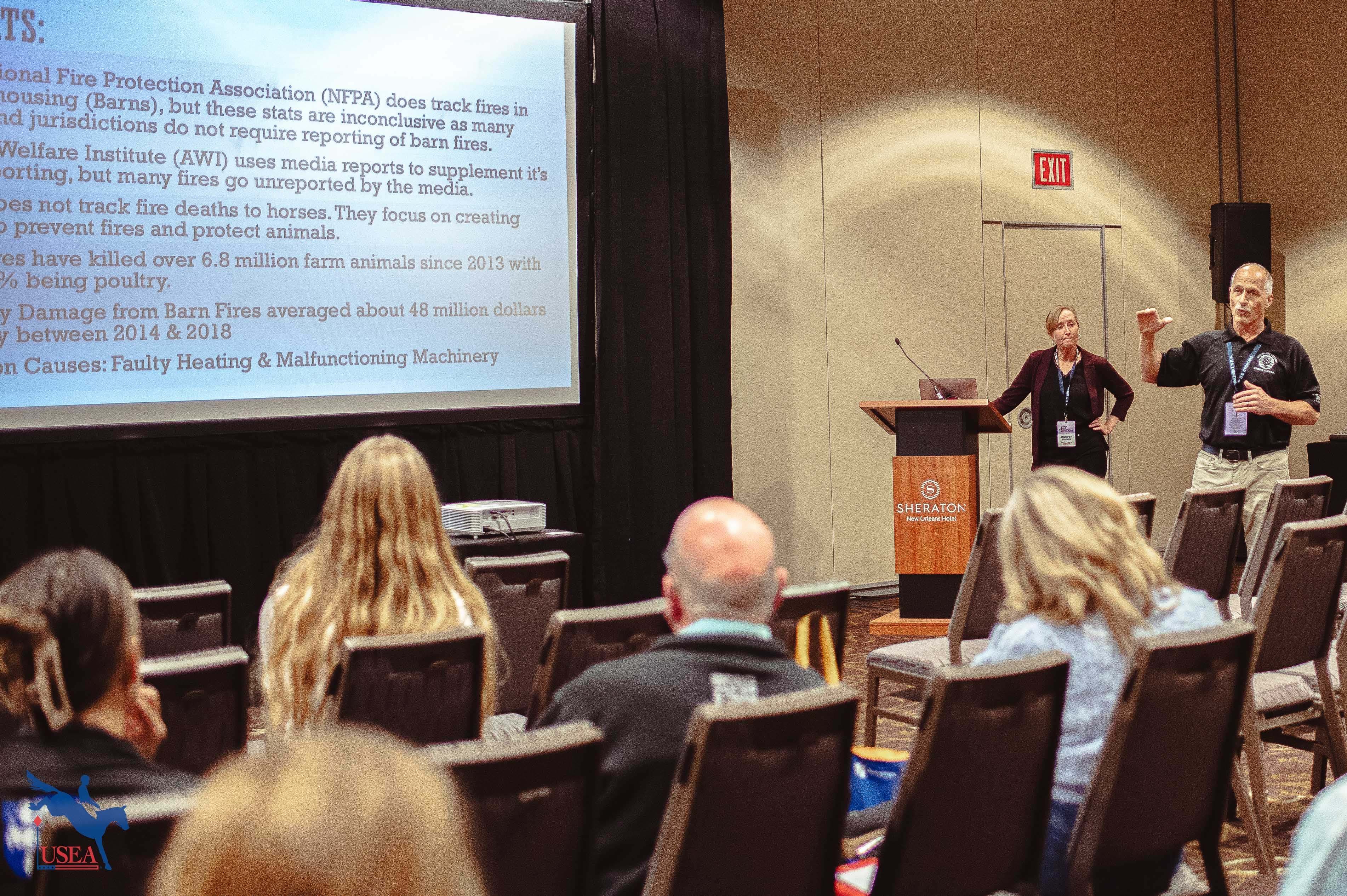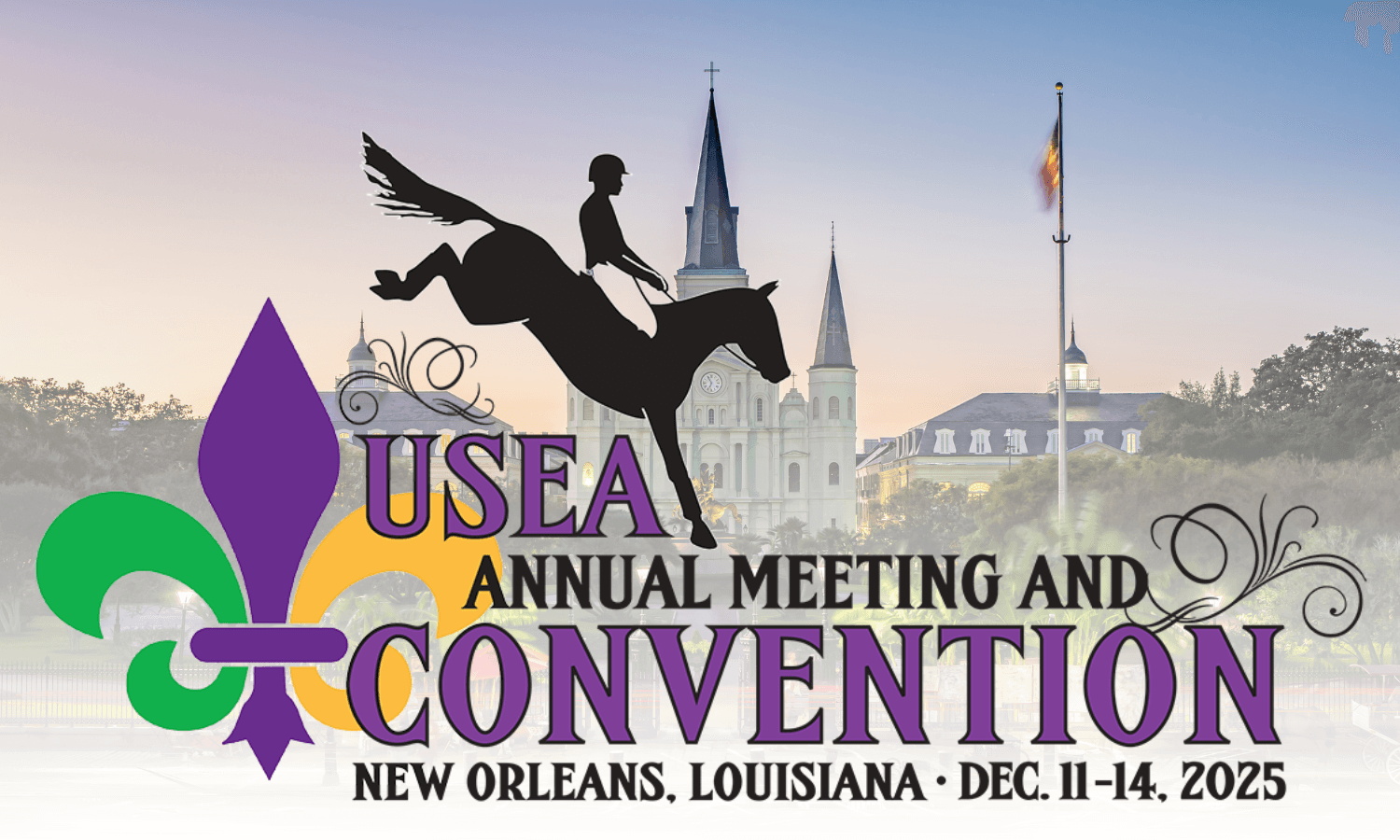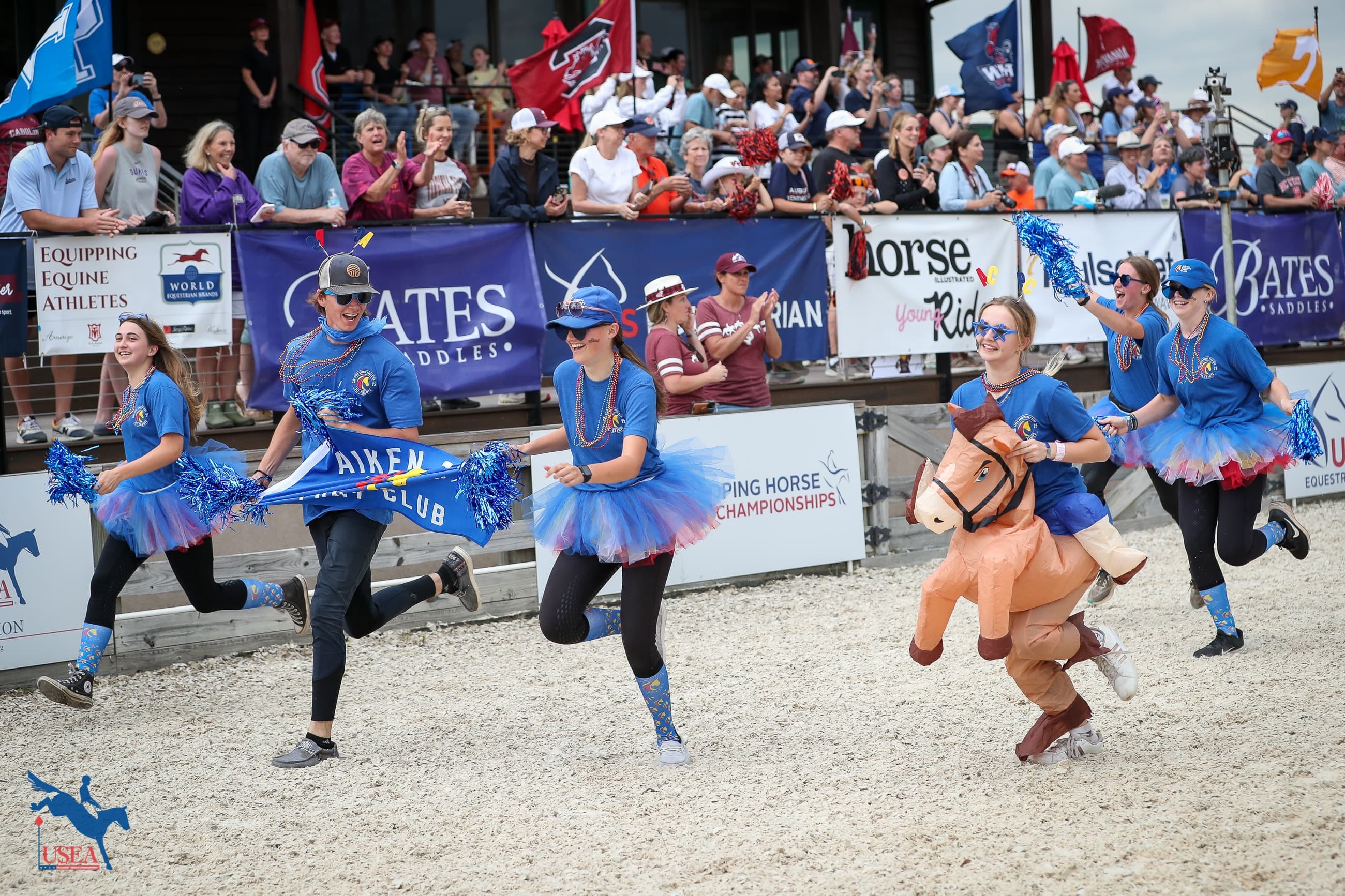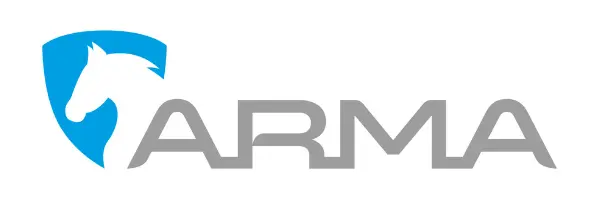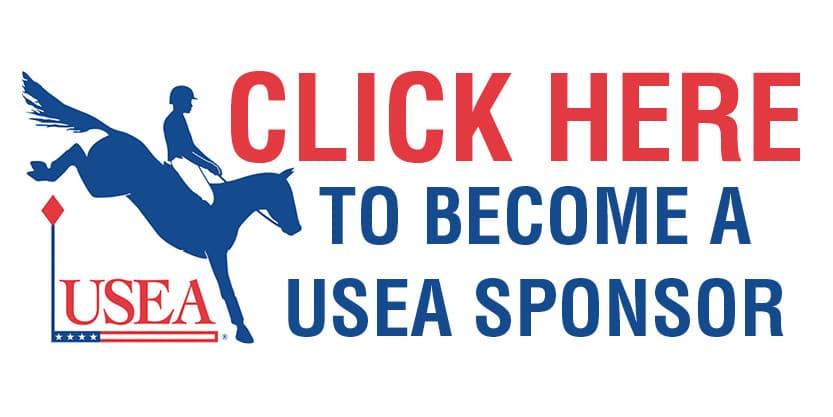Rule Refresher: Saddlery

Last month we covered the rules that dictate equipment and attire for the rider, but what about the rules governing what your horse wears in competition? We’ve broken down the rules covering all aspects of saddlery, from nose to tail, so that you know what equipment is permissible in competition. Text has been taken directly from the USEF Rules For Eventing, with emphasis added by the USEA.
If you have any questions about whether a certain piece of equipment is permissible for competition, consult the Technical Delegate at the event before the start of the competition.
EV115 Saddlery
1. EXERCISE AREAS. The following restrictions begin at 3:00 p.m. of the day prior to the start of the entire competition and continue throughout the duration of the event. The following are compulsory: an English type saddle and any form of bridle, including double bridle, snaffle, gag or hackamores. Running martingales with rein stops, Irish martingales, bit guards, boots, bandages, fly shields, nose covers, and seat covers are permitted. Side reins are permitted only while lunging an unmounted horse, as are running reins and chambons. Other martingales, any form of gadget (such as a bearing, running or balancing reins, etc.) and any form of blinkers, are forbidden, under penalty of disqualification.
2. DRESSAGE TEST.
a. The following are compulsory: an English type saddle and a permitted bridle.
b. A double bridle with cavesson noseband, i.e. bridoon and curb bits with curb chain (made of metal or leather or a combination), is permitted for some tests. Cover for curb chain can be made of leather, rubber or sheep skin.
1. Cavesson noseband may never be so tightly fastened as to harm the horse.
2. Lipstrap and rubber or leather covers for the curb chain are optional.
3. Bridoon and curb must be made of metal or rigid plastic and may be covered with rubber (flexible rubber bridoons and/or curbs are not allowed).
4. The lever arm of the curb bit is limited to 10 cm (length below the mouth piece).
5. If the curb has a sliding mouthpiece, the lever arm of the curb bit below the mouthpiece must not measure more than 10 cm when the mouthpiece is in the uppermost position.
6. The diameter of the ring of the bridoon must be such as to not hurt the horse.
c. A snaffle bit made of metal, leather, rubber or plastic material is permitted for all tests.
d. It may have a cavesson noseband, dropped noseband, crossed noseband, or flash noseband.
1. The noseband must be made entirely of leather or leather like material, except for a small disc of sheepskin, which may be used in the intersection of the two leather straps of a crossed noseband.
e. A breast plate may be used. For drawings of permitted bits and nosebands see Appendix 4. Permitted bits for a particular test are specified on each test.
f. Martingales, bit guards, any kind of gadgets (such as bearing, side, running or balancing reins, etc.), reins with any loops or hand attachments, any kind of boots or leg bandages and any form of blinkers, including earmuffs, earplugs, hoods, and seat covers are, under penalty of elimination, strictly forbidden. Protective fly hoods made of thin material are permitted. However, these are subject to inspection by the Officials at the end of the test to ensure that nothing prohibited has been added (i.e. special material) or is covered by the fly hoods to protect from sound. The fly hoods should be discreet and should not cover the Horse’s eyes.
g. Nose nets are permitted under the following conditions:
1. The entry must be accompanied by a letter signed by the horse’s veterinarian on letterhead, stating that the horse has been diagnosed with head shaking syndrome and that the horse’s condition is improved with the use of a nose net.
2. The nose net must be made of a transparent material and cover only the top half of the muzzle, not the bit or the horse’s mouth.
3. CROSS-COUNTRY TEST AND JUMPING TEST.
a. The following are compulsory: an English type saddle and bridle or hackamore. Any form of blinkers are forbidden.
b. Only unrestricted running martingales with rein stops or Irish martingales are allowed. Reins must be free of any loops or hand attachments and must be attached to the bit(s) or directly to the bridle. Exception: u-shaped bit converters may be used so that a bit designed for use with two reins may be controlled with a single rein. Gags or hackamores are allowed. In the interest of safety, the stirrup iron and stirrup leathers must hang free from the bar of the saddle and outside the flap. There must be no other restrictions or attachments of any kind.
4. INSPECTION OF SADDLERY.
a. A steward should be appointed to check the saddlery of each horse before it enters the arena or starts a Test.
b. In the Dressage Test, the checking of the bridle must be done with the greatest caution. When bit inspections require actual contact with the inside of the horse’s mouth, the inspector must use a clean protective glove for each horse. If the competitor so requests, the bridle and bit may be checked immediately after the test has been completed. However, should the bridle or bit in such a case be found not to be permitted, the competitor shall be eliminated.

